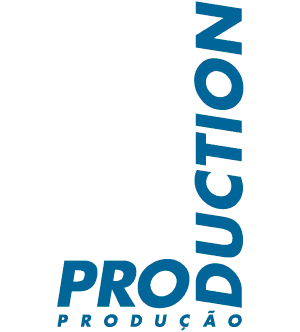Open Access
Production
Publicação de: Associação Brasileira de Engenharia de Produção
Área:
Engenharias
Versão impressa ISSN:
0103-6513
Versão on-line ISSN: 1980-5411
